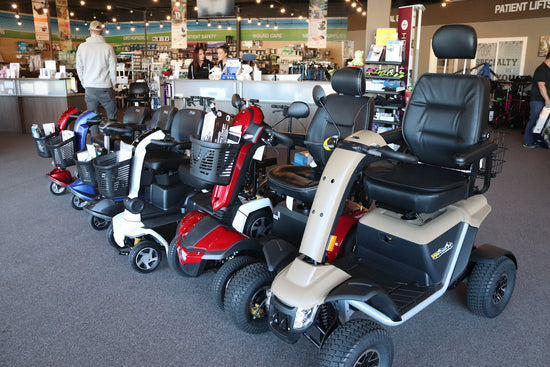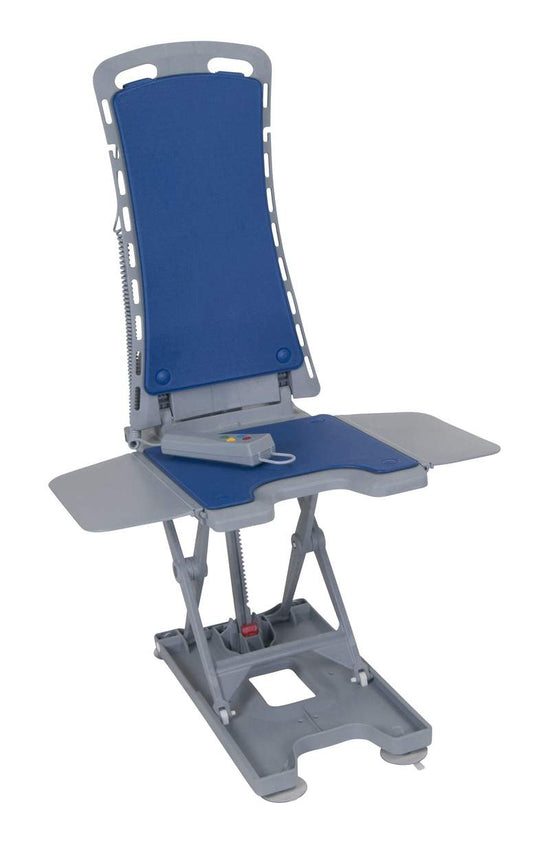What are compression stockings?
Compression stockings are socks that are specially designed to apply graduated compression. This means that they are tighter at the ankle and gradually become looser as they go up the leg.
There are two main types of compression socks: gradient compression socks and anti-embolism stockings. Gradient compression socks apply the greatest amount of pressure at the ankle and gradually decrease the pressure as they go up the leg. Anti-embolism stockings apply an evenly distributed amount of pressure throughout the stocking.
Most people view compression stockings as uncomfortable and itchy, and downright ugly! But what if I told you that compression stockings could help improve your health and make your life a lot easier? It's true! Here are just a few of the ways compression stockings can benefit you:
- Improve blood circulation: Compression stockings help to promote better blood circulation by applying gentle pressure to your legs and feet. This can help to prevent varicose veins, deep vein thrombosis (DVT), and other circulatory problems.
- Reduce swelling: If you suffer from swelling in your legs and feet, compression stockings can help to reduce it by promoting better circulation. This can also help to reduce pain and fatigue. Over 70% of women will experience swelling in their feet and legs at some point in their lives.
- Prevent leg cramps: Leg cramps are often caused by poor circulation, so the improved circulation provided by compression stockings can help to prevent them.
- Make travel easier: If you're going to be sitting for long periods of time during travel, compression stockings can help to prevent swelling and DVT.
- Ease pregnancy-related discomfort: Many pregnant women experience discomfort due to swelling and poor circulation. Wearing compression stockings can help to ease this discomfort and promote better blood flow.
Now that you know all the benefits of compression stockings, you're probably wondering how to choose the right ones for you. Here are a few things to keep in mind:
- Size: It's important to choose compression stockings that fit well. They should be tight enough to apply gentle pressure, but not so tight that they're uncomfortable. If you're not sure what size to get, your doctor or pharmacist can help you find the right fit.
- Length: Compression stockings come in different lengths, from knee-high to thigh-high. Choose the length that best suits your needs. For example, if you suffer from swelling, you might want to choose thigh-high stockings.
- Material: Compression stockings are usually made of nylon or elastic. Some people find the nylon to be more comfortable, while others prefer elastic because it's easier to put on and take off.
- Most compression stockings are available in a variety of colors, so you can choose the ones that best match your skin tone. This can help them to blend in better with your clothing and make them less noticeable.
- Price: Compression stockings can range in price from $10 to $100 or more. If you have insurance, it may cover the cost of compression stockings. Check with your insurance provider to see if they offer coverage.
Now that you know all about compression stockings, there's no excuse not to give them a try! Who knows, you might just find that they make your life a whole lot easier.




